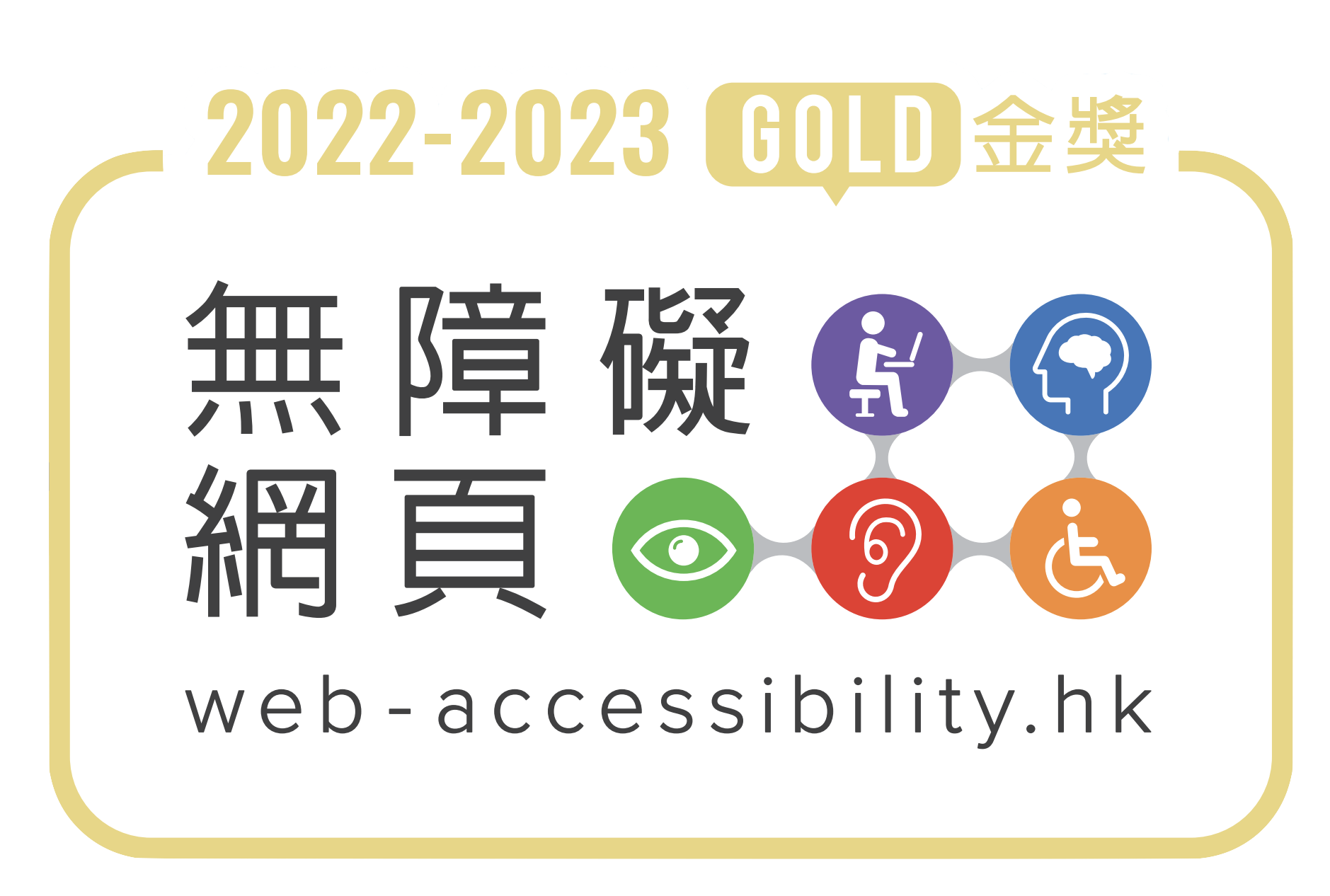ISTANBUL, Nov. 4, 2024 /PRNewswire/ -- Li Peng, Huawei's Corporate Senior Vice President and President of ICT Sales & Service, delivered a keynote speech at the Global MBB Forum 2024. He shared his views on the topics about what intelligence mean for our ICT industry, and how to make the most of new opportunities when AI is starting to change every aspect of our lives and work.

Li Peng, Huawei’s Corporate Senior Vice President and President of ICT Sales & Service delivered a Day 1 keynote speech at the Global MBB Forum 2024
According to Li, in the mobile AI era, intelligence will become a universal service. Everyone will be able to use it anytime, anywhere. And the mobile industry will play an important role in this process, just like we did with voice calling and the mobile internet.
In this new era, we will also see new changes in how information is created, shared, and used. These changes will pose new challenges for networks, but also open the doors for huge new opportunities.
AI devices will enable new forms of interaction. This will give rise to a better experience and greater productivity.
According to IDC, by 2028, global AI smartphone shipments will reach more than 900 million units. And there will be over 1,000 AI-native devices on the market.
We will interact with these devices in many new ways, including voice, gestures, and even emotions. The experience will be smoother, and the devices will understand us better – so interactions will be much more efficient. For example, new generation AI glasses can read lips, with over 95% accuracy in noisy environments.
In addition, AI agents will change how we work and live. They will bring intelligent services everywhere and drive explosive growth in data.
By 2030, most people will have a personal AI agent to help at home, work, and for travel. These assistants will work nonstop, generating and processing over 10 times more data than today.
In industry, AI robots will play a key role in R&D, production, QA, and logistics. And each robot will process more than 10 GB of data per hour. In total, by 2030, AI agents will process 120 times more data than today.
New surges in data from AI will drive structural changes in traffic models.
In traditional traffic models, data flows in a single direction. Like video content from data centers to smartphones, the data is general, and the flow is linear.
AI will transform this flow. Data will be personalized and flow in multiple directions. For example, training large models requires super-fast transmission between data centers. At the same time, AI applications and AIGC need to transmit data between edge, cloud, and devices.
There will be a rise in east-west traffic, and even mesh connections between multiple types of devices and hosts. With the structural changes in traffic models, network optimization will be more critical than ever.
If we want to seize new opportunities in the mobile AI era, we need to reshape across four areas: network services, infrastructure, O&M, and business models.
First, services. Mobile products and services are the perfect access points for AI, so we need to reshape them in order to better meet demand.
For individual consumers, carriers can take advantage of common touch points to provide intelligent services, such as for calls, messaging, and customer service.
5G New Calling is a great example. Chinese carriers launched this service, and it's transforming the voice call experience.
For example, users can use AI to create their own digital avatars for voice calls, access real-time translation, and even have their AI assistant book appointments.
For home scenarios, we're helping smart homes go smarter with AI agents. One carrier launched an AI box that supports applications like interactive sports watching and AI fitness for TVs. As a result, TV usage doubled and ARPU grew by 28%.
Outside the home, carriers can also provide stable, high-speed connectivity for carmakers to enable intelligent cockpits and vehicle-cloud collaboration. This helps deliver a safer and more efficient travel experience.
For SMEs, carriers can provide affordable AI services and devices.
For industry customers, carriers can combine connectivity, networking, and AI capabilities to enable intelligent transformation.
Second, to support a wide range of experience requirements for AI services, we need to reshape network infrastructure.
To deliver the most natural interaction, an AI assistant needs less than 300 milliseconds end-to-end latency, which means that air interface latency needs to be less than 20 milliseconds.
Carriers can build AI-centric networks that support deterministic access, elastic scheduling, and lossless WAN. This can help deliver on-demand, reliable connections between cloud, edge, and devices.
Third, more complex networks mean more challenging O&M. This is also an area where AI for networks can help.
For service operations, AI agents can support real-time simulation of multi-modal data. This helps carriers to evaluate network resources more efficiently, and provision new services more quickly.
For network maintenance, AI agents can automate task planning and orchestration, solving problems caused by software. At the same time, copilots can help field engineers to quickly locate and fix any hardware problems.
Last but not least, mobile AI is a great opportunity to go beyond traffic and start monetizing experience. We need to reshape our business models, too.
More than 30 carriers in Europe have launched speed-based mobile plans. Consumers are willing to pay more for a guaranteed experience.
Chinese carriers are also exploring multi-factor monetization. Through AI-based services like AI boxes for homes, New Calling, and cloud phones, they can open up new revenue streams based on computing power, storage, and VIP services.
For enterprise customers, carriers can also learn from cloud service models, and expose network capabilities with open APIs. Carriers can monetize these capabilities, and expand into the B2B2C market.
Many leading carriers in China, the Middle East, Europe, and Asia Pacific are already leading the way forward. They have verified AI service capabilities on live 5G-A networks, covering a wide range of scenarios for individuals, homes, travel, and business.
Moving forward, there are two things we can do to capitalize on new opportunities in the mobile AI era.
First, preparing our networks to support AI. That means boosting network capabilities, especially uplink, latency, and capacity.
Second, using AI to support more complex networks, in order to help automate O&M, optimize network efficiency, and guarantee a solid user experience.
Li said that the opportunities are great, and the best time to act is now.
Huawei is ready to work with carriers and industry partners to build networks for AI, and AI for networks. Together, we can unleash incredible new value.
source: Huawei
【香港好去處】etnet全新頻道盛大推出!全港最齊盛事活動資訊盡在掌握!► 即睇































